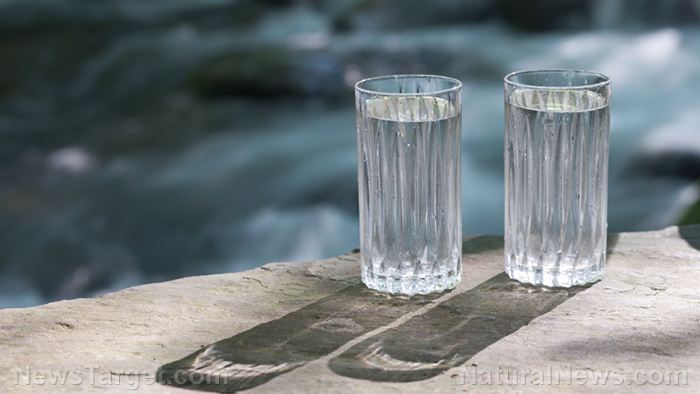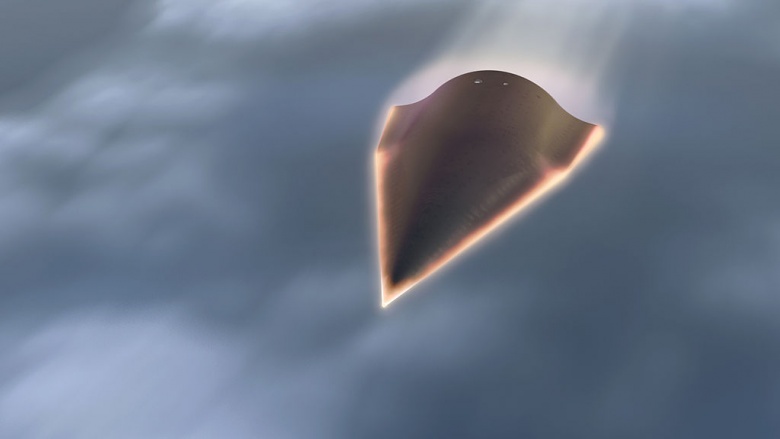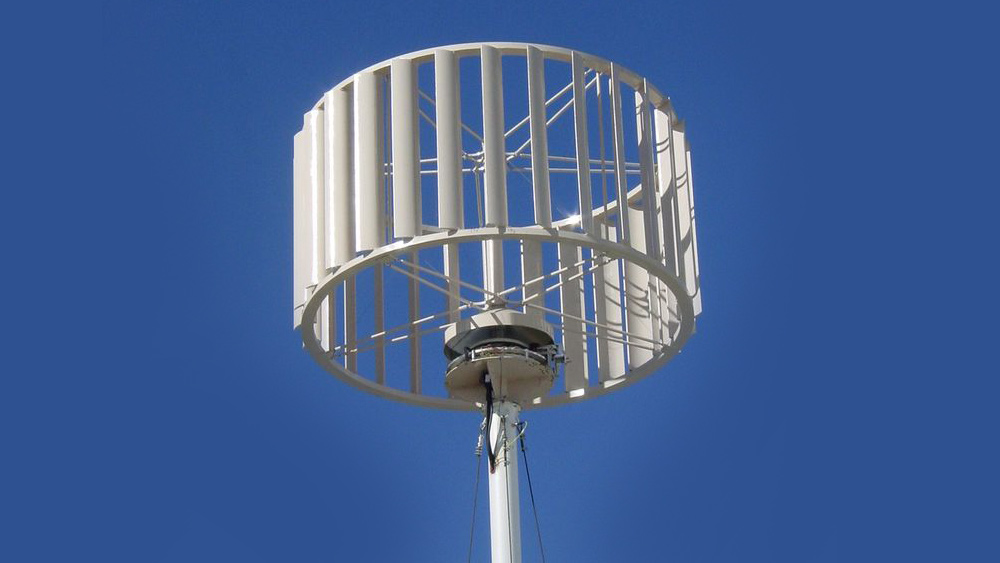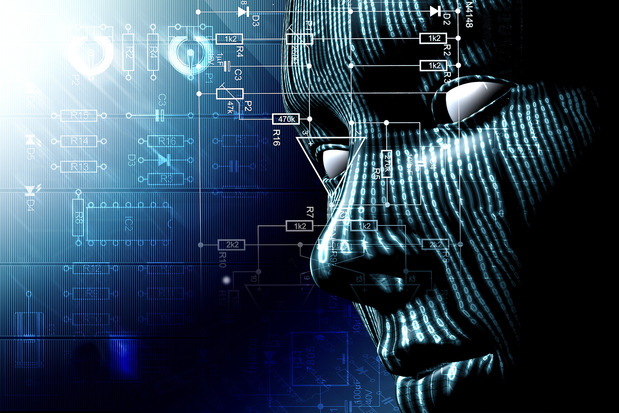Two killed as Tesla car with no one in driver’s seat crashes in Texas
04/22/2021 / By Divina Ramirez

Two men inside a Tesla Model S sedan died on the night of Saturday, April 17, after they crashed into a tree north of Houston, causing the car to burst into flames. Responders took four hours, 32,000 gallons of water and a call to Tesla to extinguish the flames since the batteries kept reigniting, according to a report from The Daily Mail.
The accident raised very serious concerns about Tesla’s vehicle safety after police officials found that neither of the men was in the driver’s seat. One man was riding in the front passenger seat while the other sat in the back. But preliminary investigation showed that the vehicle was traveling at a high speed. Officials said the car likely failed to negotiate a cul-de-sac turn, ran off the road and crashed.
The investigation also showed that the car had an autopilot option, but it’s unclear if it was in use at the time of the crash. Elon Musk, chief executive officer of Tesla, tweeted Monday that their data logs showed autopilot was not enabled in the car. The car did not have full self-driving capabilities (FSD) as well.
FSD is a $10,000 add-on feature that allows vehicles to self-park and to automatically switch lanes on the road. Following the accident, Musk had also tweeted that Tesla cars with autopilot engaged were “approaching 10 times lower chance of accident” than the average vehicle.
Officials also conducted autopsies on both men and identified them as William Varner, a 59-year-old physician who worked at the Memorial Hermann The Woodlands Medical Center in Texas, and Everette Talbot, a 69-year-old engineer who was friends with Varner.
The National Transportation Safety Board (NTSB) and the National Highway Traffic Safety Administration (NHTSA) announced in separate statements that they will send teams to help investigate the fatal crash.
Tesla car suspected to have autopilot engaged prior to crash
Federal regulators have kept a close eye on Tesla in recent years over safety concerns spurred by the number of self-driving car crashes in recent years.
Just last month, the NHTSA said it opened 27 investigations into crashes involving Tesla vehicles, 23 of which remain active. (Related: TESLA TERMINATOR: Tesla car autopilot veers off highway, crashes into road signs as driver locked out of all controls.)
The auto safety agency said it has investigated crashes involving Tesla vehicles where it was believed that some form of advanced driver assistance system was engaged at the time of the crash.
But the NTSB, another investigative agency specializing in aviation and significant auto accidents, criticized the NHTSA for its hands-off approach to monitoring such vehicles on public roads. The NTSB also suggested that Tesla was using its customers as “guinea pigs” to test its self-driving technology.
Musk has been loud and proud about Tesla’s FSD add-on feature for the past five years or so, even after several leaked emails revealed last month that the company’s self-driving technology is far from providing a hands-free driving experience. In fact, the California Department of Motor Vehicles (DMV) said that Tesla’s latest self-driving car, the “Autosteer on City Streets,” does not surpass Level 2 autonomy.
Level 0 to Level 2 states that drivers must place their hands on the wheel and supervise the car’s functions. Currently, there are over 1,000 customers testing Tesla’s latest self-driving vehicle. The NTSB is not happy about this and seeks to establish better regulations.
In a letter to the NHTSA, the agency called for stricter requirements for the design and use of automated driving systems on public roads. Tesla was named 16 times in the letter because of its FSD Beta or Autosteer on City Streets, which was released to the public “with limited oversight or reporting requirements.”
Follow RoboCars.news for more stories about Tesla’s self-driving vehicles.
Sources include:
Tagged Under: accidents, car crash, Elon Muska, future tech, future technology, self-driving cars, self-driving technology, tesla, transportation
RECENT NEWS & ARTICLES
COPYRIGHT © 2017 FUTURETECH.NEWS
All content posted on this site is protected under Free Speech. FutureTech.news is not responsible for content written by contributing authors. The information on this site is provided for educational and entertainment purposes only. It is not intended as a substitute for professional advice of any kind. FutureTech.news assumes no responsibility for the use or misuse of this material. All trademarks, registered trademarks and service marks mentioned on this site are the property of their respective owners.





















